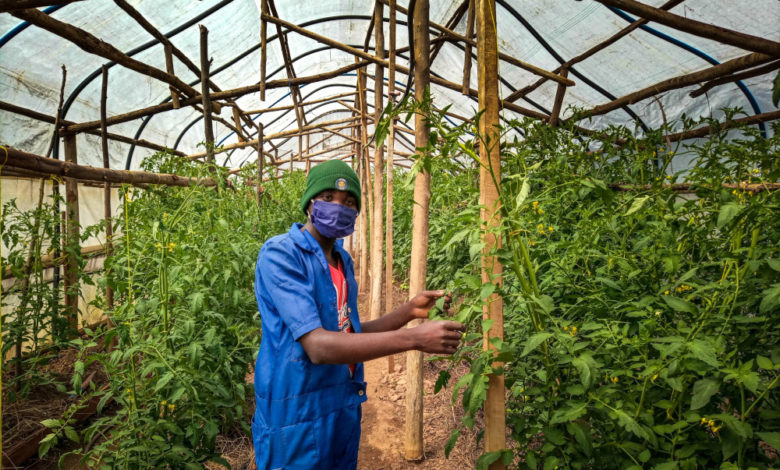How Sh30 billion debt ruined 3 Arusha horticulture farms

Decaying overhead pipes on what used to be green houses, abandoned machinery, tonnes of debris and dilapidated buildings…
This is what remains of the once vibrant horticultural farms on the lush slopes of Mt. Meru east of Arusha City.
The three farms – namely Kiliflora Usa River, Kiliflora Nduruma, and Arusha Blooms at Chekereni – are all under decay, largely due to failure to repay bank loans.
This is what emerged during a day-long visit to area on Thursday by The Citizen team in the company of senior Arusha regional officials.
Although other horticultural estates in the area have sustained production, the sight smacks of risks associated with investments in the high value export crops.
The three farms are reported to have accumulated a combined debt of Sh29.8 billion which had not been repaid by last year.
At the end, they were forced into liquidation and subsequent receivership with all the assets transferred to the Treasury Registrar.
According to the Taha Group – an Arusha-based organisation promoting horticulture – Arusha Blooms had an un-repayed bank loan of Sh10 billion.
At its peak, the 1,480-acre farm used to earn $3.4 million a year from its exports of flowers, fruits and vegetables. It changed its name from La Fleur de Afrique in 2006 during promising times of the industry, and used to employ 300 people.
Despite the closure and change of ownership, the structures look in a fairly better condition as the government struggles to look for a serious investor.
It is the Kiliflora Farms that has laid bare the challenges facing local investors in the horticulture industry, the fastest growing segment in agriculture.
This is more conspicuous in Kiliflora Nduruma, much closer to the city than the sister farm deep in the evergreen zone near Mt. Meru.
Having been liquidated only last year, the sorry state of abandoned structures is much more visible.
The 94-acre farm specialised in growing flower cuttings for export abroad for propagation.
The greenhouses that ensured year-round production have maize and other crops yet to be harvested.
This is amidst the growth of undesired vegetation all over the place on farms and inside the buildings, which could be hideouts for dangerous creatures like snakes.
Equally, the situation is not rosy for the 209-acre Kiliflora Usa River, one of the oldest flower farms after a major push for horticulture in the early 2000s, and which used to generate $6.4 million annually from exports. The high-tech irrigation networks – such as the computer-operated hydroponics – have all but broken down, as have the pump house and some farm machinery. The Taha Group estimates that closure of the three farms deprive the economy of $20 million in revenues a year.
Arusha regional commissioner John Mongela who led a team of government officials promised to form a team which will find how the abandoned farms can be revived.
He said horticulture would remain the key sub sector of the economy and major employer in Arusha, adding that the regional authorities would leave no stone unturned in the endeavour.
But the Taha Group chief executive officer, Ms Jacquiline Mkindi, blamed what she described as “top heavy bureaucracy” in tackling the challenges that have been plaguing the industry.
She cited failure of the Tanzania Revenue Authority (TRA) to repay value-added tax (VAT) refunds in time or in full, as well as really unnecessary road blocks which hinder fast transportation of perishables to ports and airports for export out of the country.







